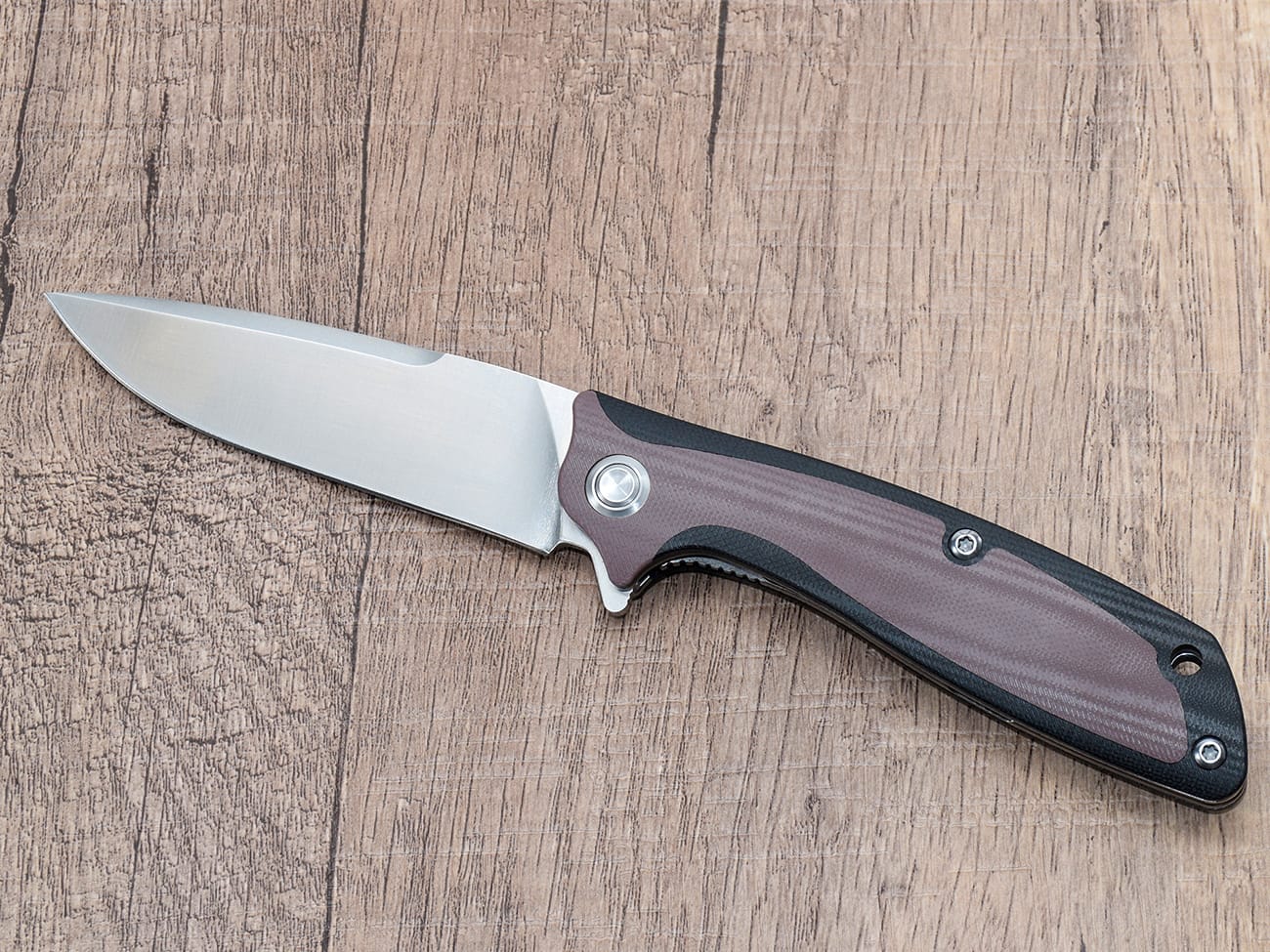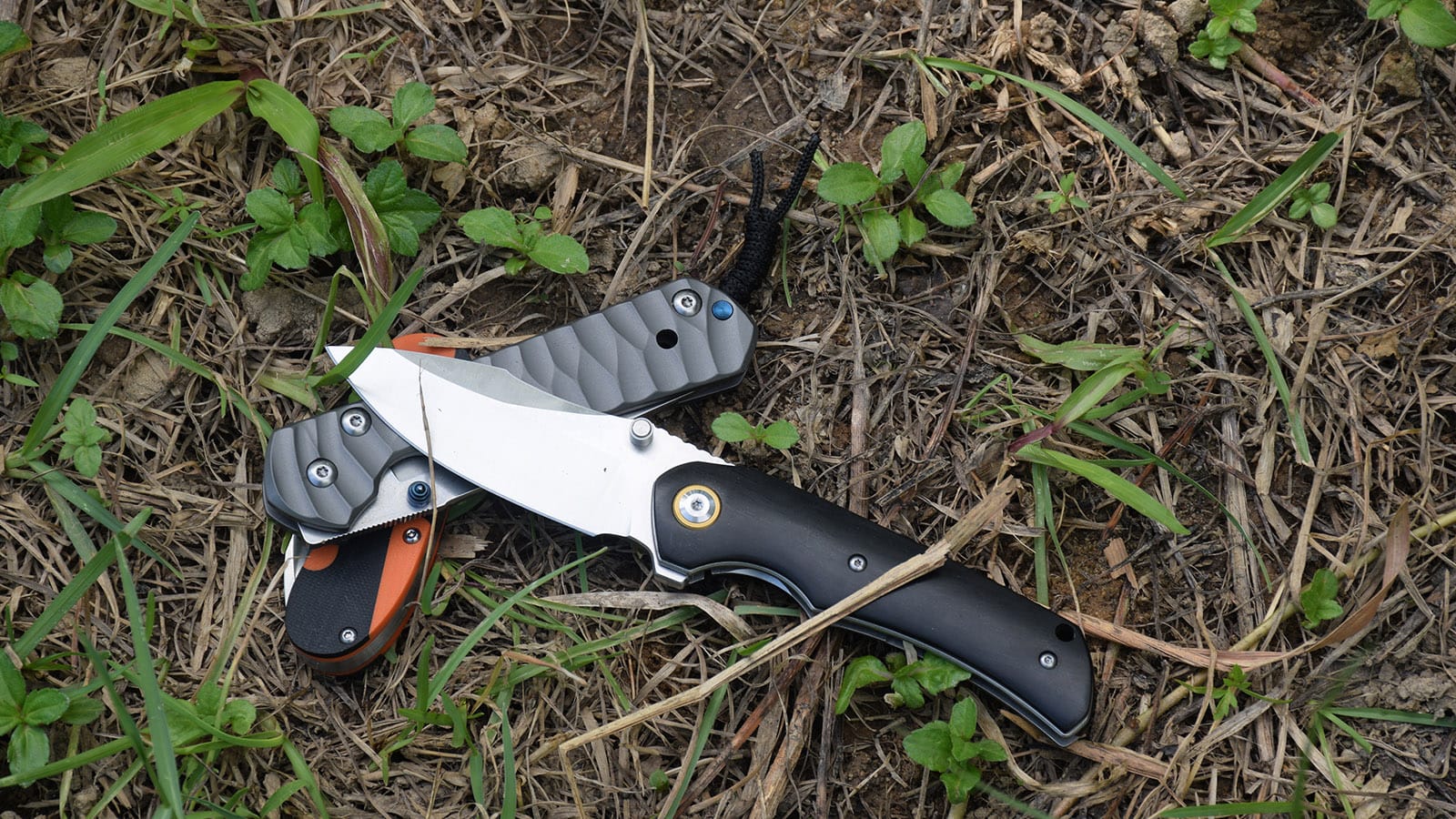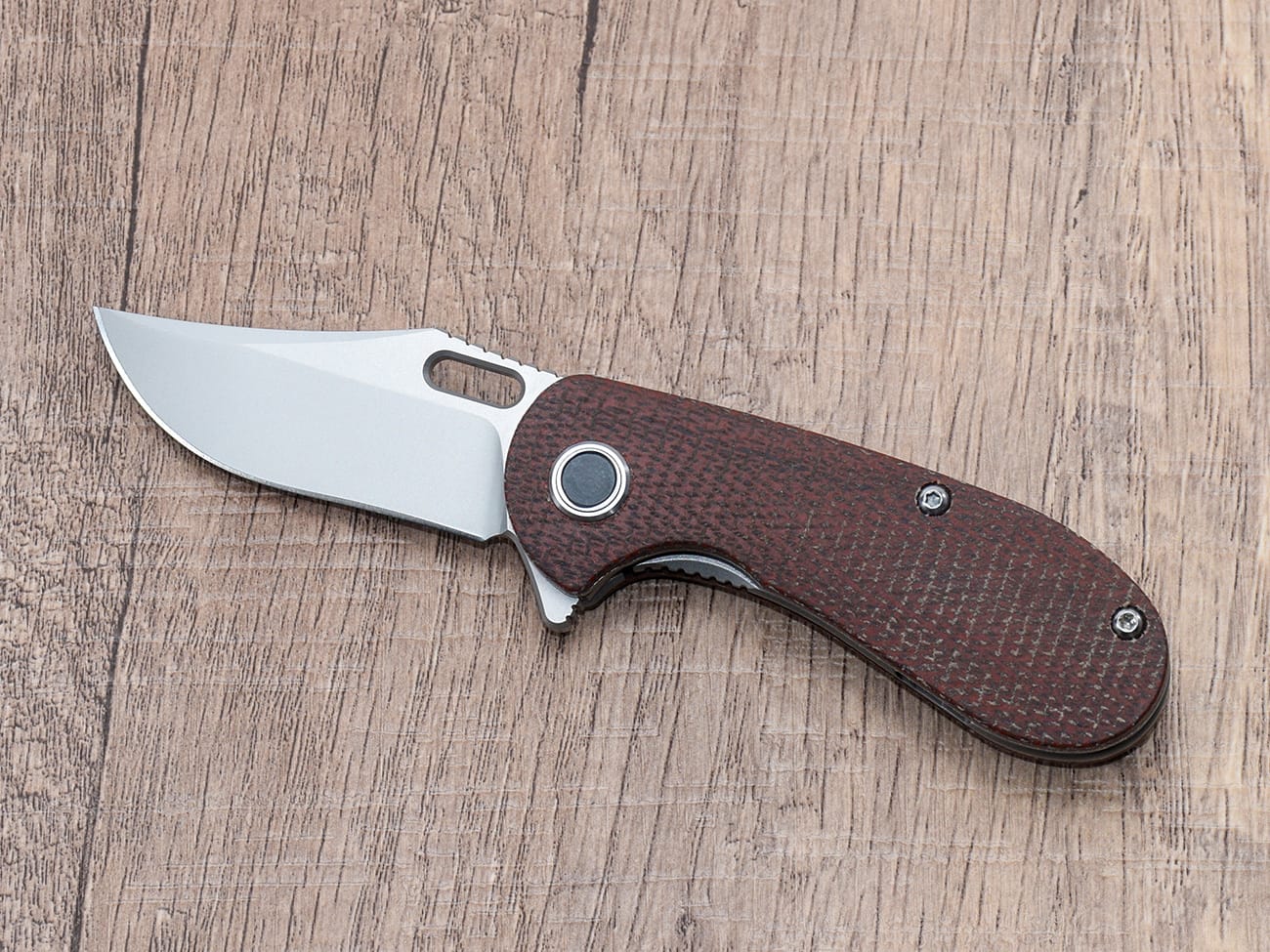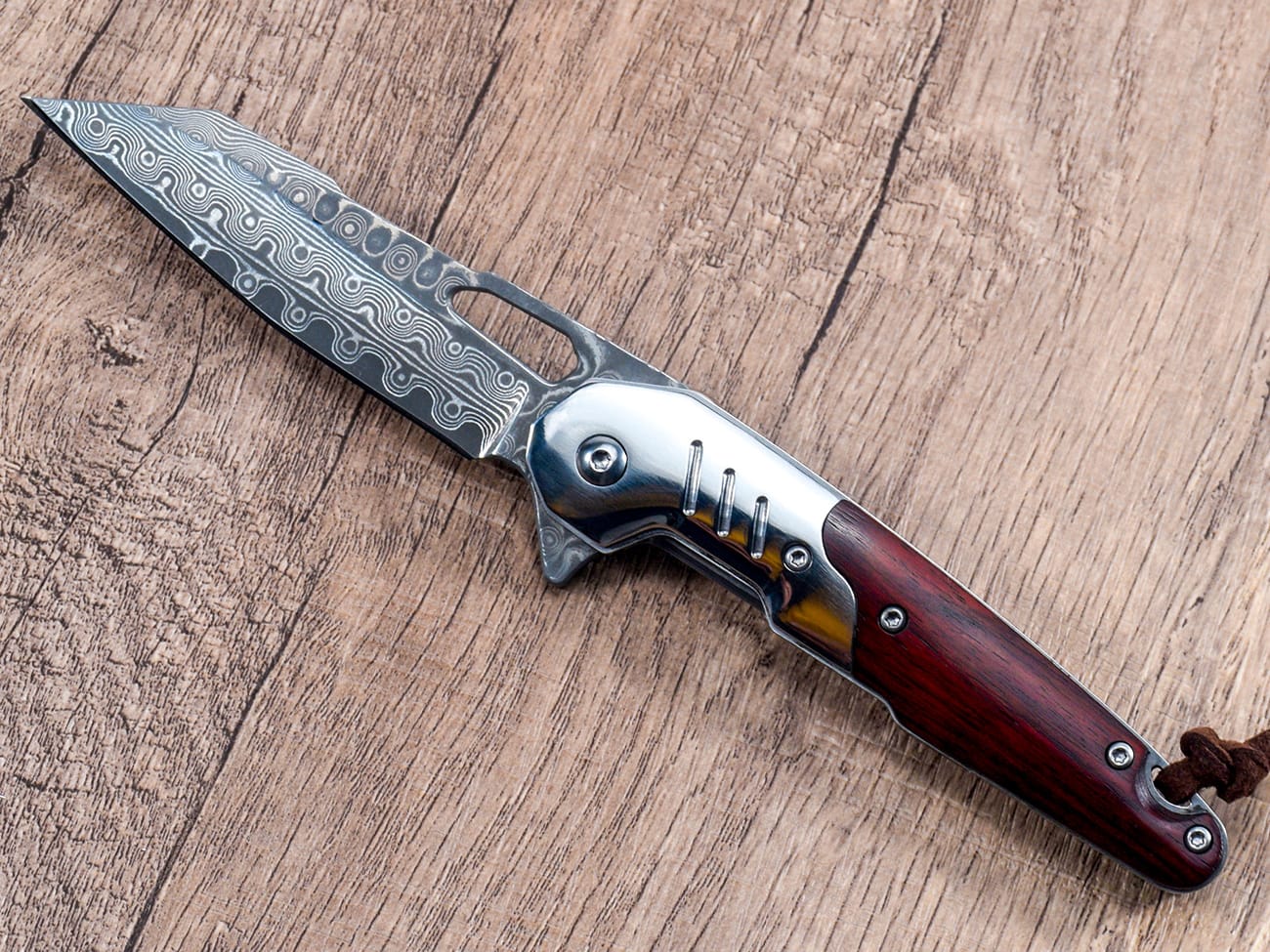Are you curious about the world of pocket knives? Whether you’re a seasoned enthusiast or just starting to explore the possibilities of everyday carry, this comprehensive guide will take you through everything you need to know about pocket knives. From their rich history to practical uses and choosing the best pocket knife for your needs, we’ve got you covered. Read on to discover why pocket knives are an essential tool for modern life and how they can enhance your daily experiences.
What Is a Pocket Knife and Why Should You Care?
A pocket knife is a compact, folding knife designed to be easily carried in a pocket or small bag. These versatile tools have been a staple of everyday carry (EDC) for centuries, offering convenience and functionality in a portable package. But what makes pocket knives so special?
The Evolution of the Pocket Knife: A Brief History
The history of the pocket knife is as fascinating as the tool itself. Let’s take a journey through time to understand how this indispensable item came to be.
- Ancient Origins: The concept of folding knives dates back to ancient civilizations, with early examples found in archaeological sites.
- Medieval Times: Folding knives became more common, often used as eating utensils by travelers.
- Industrial Revolution: Mass production techniques led to more affordable and widely available pocket knives.
- 19th Century: The Swiss Army Knife was invented, revolutionizing multi-tool design.
- 20th Century: Innovations in materials and locking mechanisms improved pocket knife functionality and safety.
- Modern Era: Today’s pocket knives combine cutting-edge materials with time-tested designs, catering to a wide range of uses and preferences.
Why Every Person Should Consider Carrying a Pocket Knife
In our modern world, you might wonder if carrying a pocket knife is still relevant. Here are some compelling reasons why a pocket knife should be part of your everyday carry:
- Versatility: From opening packages to preparing food, a pocket knife is a multi-purpose tool.
- Emergency Preparedness: It can be a lifesaver in unexpected situations.
- Convenience: Having a cutting tool at hand saves time and frustration.
- Self-Reliance: A pocket knife empowers you to handle small tasks independently.
- Connection to Tradition: Carrying a pocket knife connects you to a long history of human tool use.
How to Choose the Best Pocket Knife for Your Needs
With countless options available, selecting the right pocket knife can be overwhelming. Here’s a guide to help you make an informed decision:
What Factors Should You Consider When Buying a Pocket Knife?
- Intended Use: Are you using it for everyday tasks, outdoor activities, or specialized work?
- Blade Material: Options include stainless steel, carbon steel, and premium alloys like D2.
- Handle Material: Common choices are G10, wood, titanium, and micarta.
- Locking Mechanism: Consider options like liner lock, frame lock, and axis lock for safety.
- Size and Weight: Balance portability with functionality based on your needs.
- Legal Considerations: Be aware of local knife laws regarding blade length and type.
What Are the Different Types of Pocket Knives?
Pocket knives come in various styles, each suited for different purposes:
- Folding Knives: The most common type, with a blade that folds into the handle.
- Multi-Tools: Combine a knife blade with other tools like screwdrivers and pliers.
- Swiss Army Knives: Iconic multi-tools known for their versatility.
- Tactical Folding Knives: Designed for durability and quick deployment.
- Gentleman’s Folders: Elegant, compact knives suitable for formal settings.
How Much Should You Expect to Pay for a Quality Pocket Knife?
Pocket knife prices vary widely based on materials, craftsmanship, and brand. Here’s a general price guide:
- Budget-Friendly: $20-$50
- Mid-Range: $50-$150
- High-End: $150-$500+
- Custom or Collector’s Pieces: $500+
Remember, a higher price doesn’t always guarantee better quality. Many excellent pocket knives are available at reasonable prices.
Understanding Pocket Knife Anatomy and Terminology
To fully appreciate pocket knives, it’s essential to understand their components and the terminology used by enthusiasts.
What Are the Main Parts of a Pocket Knife?
- Blade: The cutting edge of the knife.
- Handle: Provides grip and houses the blade when folded.
- Pivot: The point around which the blade rotates.
- Lock: Mechanism that keeps the blade open during use.
- Pocket Clip: Allows secure attachment to a pocket or bag.
What Are Common Blade Shapes and Their Uses?
Different blade shapes serve various purposes:
- Drop Point: Versatile shape suitable for most tasks.
- Clip Point: Good for precision work and piercing.
- Tanto: Designed for strength and piercing ability.
- Sheepsfoot: Ideal for controlled cuts and safety.
- Wharncliffe: Excellent for detailed cutting tasks.
What Types of Locking Mechanisms Are Used in Pocket Knives?
Locking mechanisms ensure safety during use. Common types include:
- Liner Lock: A spring-loaded liner that moves into place behind the blade.
- Frame Lock: Similar to a liner lock but uses the handle frame.
- Axis Lock: A patented design using a spring-loaded bar.
- Lockback: A spine-mounted rocker bar that locks the blade.
- Button Lock: Uses a spring-loaded button to secure the blade.
How to Properly Use and Maintain Your Pocket Knife
Owning a pocket knife comes with responsibilities. Here’s how to use and care for your knife:
What Are the Basic Safety Rules for Using a Pocket Knife?
- Always cut away from yourself and others.
- Keep your knife sharp – a dull blade is more dangerous.
- Use the right tool for the job – don’t use your knife as a pry bar or screwdriver.
- Be aware of your surroundings when using your knife.
- Store your knife safely when not in use.
How Do You Sharpen and Maintain a Pocket Knife?
Regular maintenance ensures your knife performs at its best:
- Cleaning: Regularly clean your knife with mild soap and water, drying thoroughly.
- Lubrication: Apply a small amount of knife oil to the pivot and other moving parts.
- Sharpening: Use a sharpening stone or system appropriate for your blade steel.
- Tightening: Periodically check and tighten any loose screws.
What Are Some Common Mistakes to Avoid When Using a Pocket Knife?
- Using excessive force: Let the blade do the work.
- Neglecting maintenance: Regular care extends your knife’s life.
- Improper storage: Store your knife in a dry place to prevent rust.
- Using it for unintended purposes: A pocket knife is not a screwdriver or pry bar.
- Ignoring local laws: Be aware of and follow knife laws in your area.
Legal Considerations and Ethical Use of Pocket Knives
Responsible ownership is crucial when it comes to pocket knives. Here’s what you need to know:
What Are the Legal Restrictions on Carrying Pocket Knives?
Laws vary by location, but common restrictions include:
- Blade Length: Many areas limit blade length for everyday carry.
- Automatic Knives: Often restricted or prohibited.
- Concealed Carry: Some places require knives to be visible when carried.
- Specific Locations: Restrictions may apply in schools, government buildings, and airports.
Always research and comply with local laws regarding knife carry and use.
How Can You Responsibly Carry and Use a Pocket Knife?
- Know the law: Familiarize yourself with local regulations.
- Use discretion: Be mindful of your surroundings when using your knife.
- Educate others: Share knife safety knowledge with friends and family.
- Practice safe handling: Always use your knife responsibly and safely.
- Respect others: Be considerate of those who may be uncomfortable around knives.
The Future of Pocket Knives: Trends and Innovations
The pocket knife industry continues to evolve. Here are some exciting developments to watch:
What New Materials Are Being Used in Modern Pocket Knives?
- Super Steels: Advanced alloys offering improved edge retention and corrosion resistance.
- Carbon Fiber: Lightweight and strong handle material.
- Ceramic Blades: Non-magnetic and extremely hard-wearing.
How Are Technology and Design Influencing Pocket Knife Evolution?
- 3D Printing: Allowing for complex designs and custom parts.
- Smart Features: Integration of electronic components for added functionality.
- Ergonomic Advances: Improved handle designs for comfort and usability.

A modern pocket knife with G10 handle and stainless steel blade
Conclusion: Why a Pocket Knife Is an Essential Tool for Modern Life
In our fast-paced, technology-driven world, the humble pocket knife remains an indispensable tool. Its versatility, practicality, and connection to human ingenuity make it more than just a cutting instrument – it’s a symbol of self-reliance and preparedness.Whether you’re an outdoor enthusiast, a DIY hobbyist, or simply someone who appreciates having the right tool at hand, a pocket knife is an investment in convenience and capability. By choosing the right knife, using it responsibly, and maintaining it properly, you’ll have a reliable companion for years to come.Remember these key points about pocket knives:
- They offer unmatched versatility for everyday tasks
- Proper selection depends on your specific needs and preferences
- Regular maintenance ensures longevity and safe operation
- Responsible ownership includes understanding and following local laws
- The pocket knife continues to evolve with new materials and technologies
So, whether you’re looking to purchase your first pocket knife or add to your collection, embrace this timeless tool and discover the many ways it can enhance your daily life. Happy carrying!




